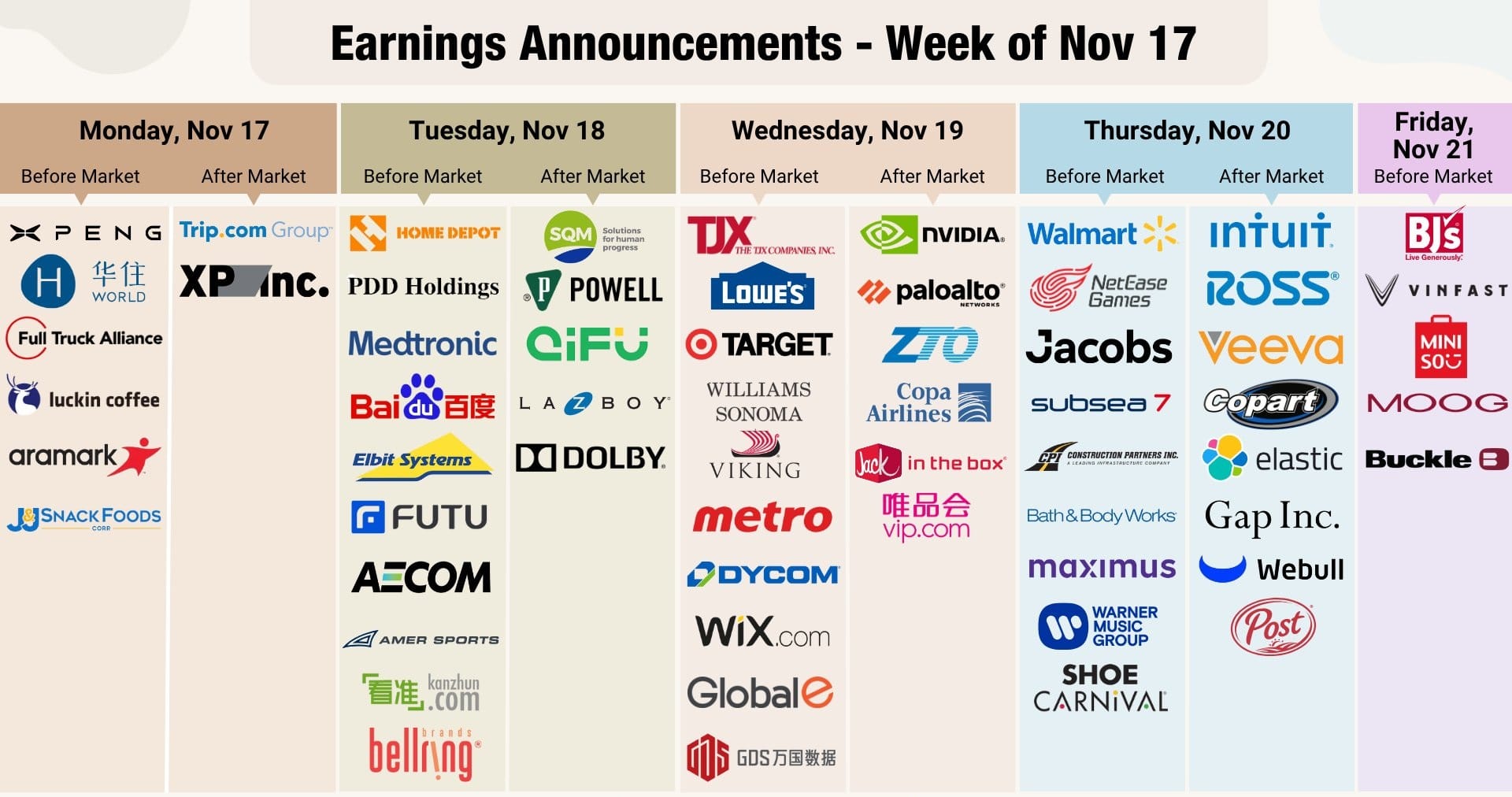Markets are living systems—dynamic, emotional, and ever-evolving. Each trading day reflects a contest of ideas, ambitions, and anxieties. The numbers flashing across the screen are more than data points; they are the aggregated story of humanity’s pursuit of value and security. In this landscape of shifting tides and fragile confidence, investors must cultivate not just skill, but perspective. The following analysis offers a comprehensive compass for those seeking clarity amid today’s turbulence—an in-depth view of macroeconomic headwinds, sector rotations, and the underlying financial strategy shaping asset performance in a world defined by economic uncertainty.

Part I: The Macroeconomic Crossroads – When a Nation Pauses
The most immediate force shaping North American markets is the prolonged U.S. government shutdown—an event with real and far-reaching consequences.
The Data Blackout
The halt in key federal operations has silenced the very instruments investors rely upon. Official data on employment, inflation, and spending are suspended, leaving policymakers and analysts without visibility. The Federal Reserve must now navigate through incomplete private surveys and alternative indicators, increasing volatility and feeding speculation. In this vacuum, uncertainty itself becomes a tradable asset—fueling both risk and opportunity.
Confidence on the Edge
Recent sentiment readings, such as the University of Michigan’s index, show consumer confidence at multi-year lows. This erosion cuts across demographics and income levels. For higher earners, portfolio strength tempers anxiety; for lower-income households, job insecurity and delayed benefits sting harder. The split reveals a “K-shaped” sentiment recovery—resilient at the top, fragile at the base. When consumers lose faith, the heart of the American economy falters.
Systemic Strain
Even infrastructure is not immune. The FAA’s unprecedented directive to cut airline flights underscores the shutdown’s tangible cost to commerce and supply chains. Each cancellation reverberates across logistics, productivity, and trade. What began as political gridlock now risks transforming into a drag on GDP—a reminder that even the strongest markets rely on functioning institutions.
Part II: Equity Markets – Rotation in Motion
While the macro backdrop darkens, investing trends within equity markets reveal a story of divergence, adaptation, and resilience.
Tech’s Reality Check
After years of explosive growth, the technology sector faces a recalibration. The Nasdaq Composite’s pullback highlights investor concern over inflated valuations and slowing margins. The AI-driven rally, once unstoppable, is now pausing for breath as traders favor tangible earnings over speculative momentum. This correction is not collapse—it’s normalization.
The Dow’s Steady Course
Meanwhile, the Dow Jones Industrial Average exemplifies composure. Its heavyweights—companies with global footprints and robust dividends—represent a return to fundamentals. Investors seeking safety are pivoting toward predictable cash flows, demonstrating that quality, not hype, is the new safe haven.
Stories in Motion
Expedia’s surge, powered by 26% B2B booking growth, showcases adaptability in the digital travel industry. Meanwhile, Take-Two Interactive and Block Inc. struggle under the weight of consumer pullbacks and margin pressure. The divide between the adaptable and the aspirational defines the modern equity landscape.
Part III: Fixed Income and Currencies – The Fed’s Balancing Act
In the bond market, the tension between inflation fears and recession risk keeps yields locked in stasis.
Treasury Yields on Hold
The 10-year yield sits at equilibrium, reflecting the market’s collective uncertainty. On one side, the shutdown and slowing labor market argue for lower yields. On the other, mounting federal debt and persistent inflation create opposing pressure. Investors hover in wait, anticipating clarity once government operations resume.
The Federal Reserve’s Dilemma
With limited data and abundant caution, Fed officials are walking a tightrope. As Vice Chair Philip Jefferson hinted, monetary policy has reached a neutral stance. Further cuts will require undeniable proof of weakness. The challenge now lies not in adjusting rates, but in interpreting fragmented signals from AI models, mobility data, and corporate sentiment.
The Dollar’s Dilemma
The U.S. dollar’s recent softness tells its own story. While it boosts exports, it also risks importing inflation. Modest gains in the Euro and Sterling signal that investors are hedging U.S.-centric risk rather than embracing foreign strength. Currency traders, like bond investors, await the next move from Washington and the Fed.
Part IV: Commodities – Anchors in the Storm
Oil’s Fragile Equilibrium
Crude prices rebound on geopolitical whispers—specifically, U.S.-Hungary talks regarding Russian oil supply flexibility. The episode reveals how geopolitics still dictate markets more than macro theory. Even amid output expansions and slowing demand, one diplomatic shift can rewrite energy forecasts overnight.
Gold’s Shining Moment
Gold’s breakout above $4,000 per ounce underscores its timeless role as a refuge in chaos. As rate-cut expectations build, non-yielding assets like gold become increasingly appealing. For investors wary of political stalemate and currency erosion, gold’s rally isn’t a surprise—it’s a statement.
Part V: Corporate Strategy – Navigating the Pressure
Occidental Petroleum: The Energy Evolution
While falling oil prices squeeze quarterly profits, investors now focus on long-term debt reduction and strategic clarity. Echoing ExxonMobil’s CEO Darren Woods, the industry narrative is shifting from combustion to chemical application. The future of hydrocarbons is diversification, not disappearance.
Tyson Foods: The Protein Balancer
Rising revenues mask complex challenges. With tariffs, feed costs, and weather disruptions threatening supply chains, Tyson’s execution discipline is a litmus test for the broader consumer staples sector. Its ability to protect margins amid inflation speaks volumes about resilience in uncertain markets.
Instacart: From Convenience to Necessity
Once a pandemic darling, Instacart now faces a mature test—profitability. Growth in order frequency and operational efficiency are under scrutiny. Investors are asking not whether delivery is convenient, but whether it’s essential and sustainable.
KKR: The Private Capital Powerhouse
KKR’s latest results confirm what insiders already know—the migration of capital from public to private is accelerating. With record inflows and a trillion-dollar AUM target, firms like KKR are redefining capital allocation and long-horizon investing. This is not a trend; it’s the institutionalization of financial strategy beyond Wall Street.
Part VI: Global Ripples – Beyond Borders
Europe’s Regulatory Rebalance
The EU’s willingness to soften its AI Act shows a pragmatic shift. By easing constraints, Europe aims to remain competitive with U.S. tech giants. The “Digital Omnibus” signals a new phase of partnership between innovation and governance—a win for multinational markets.
Latin America’s Momentum
From Brazil’s inflation metrics to Mexico’s industrial data, Latin America remains a proving ground for emerging market resilience. Investors in commodities and sovereign debt are watching closely as regional banks navigate inflation with precision monetary adjustments.
UK Media Consolidation
ITV and Sky’s potential $2.15 billion merger epitomizes the consolidation era of content. Legacy broadcasters are joining forces to defend against streaming behemoths. The future of media will belong to those who can scale—and monetize attention efficiently.
Part VII: Sector Focus – Where Value Emerges
The Restaurant Realignment
The contrast between McDonald’s and Chipotle captures the consumer’s shift toward affordability. Fast-food chains thrive as households “trade down,” prioritizing value over experience. This rotation illustrates how microbehavioral shifts ripple through markets—turning menu pricing into an economic signal.
Fragrance: The Affordable Indulgence
In times of restraint, small luxuries prevail. The fragrance boom, led by Coty and Estee Lauder, exemplifies the “lipstick effect” for Gen Z. Scents have become affordable expressions of identity and optimism—miniature rebellions against macro gloom.
Part VIII: The Canadian Outlook – Quiet Strength
Jobs Resilience
Canada’s latest employment data surprised to the upside, reflecting economic adaptability despite trade friction and global uncertainty. Yet, a decline in full-time work hints at structural caution—growth, yes, but not without fragility.
Tech Weakness and Energy Anchors
The S&P/TSX’s muted gains conceal sharp tech losses mirroring U.S. trends. However, Canada’s tilt toward energy and financials provides stability. Enbridge’s proposed Mainline expansion exemplifies long-term vision—investing in infrastructure while others hesitate.
Part IX: The Week Ahead – The Turning Point
Markets await catalysts.
Key Data Watch
With federal statistics frozen, investors will lean on private reports such as the NFIB Small Business Optimism Index and LSEG Ipsos Sentiment Survey. Productivity and labor cost figures could reshape inflation forecasts.
Voices from the Fed
A full slate of Fed speeches promises new insight into policy sentiment. Each hint, pause, or pivot will ripple through asset performance, dictating positioning across equities, bonds, and currencies.
Corporate Earnings to Watch
- Beyond Meat faces a reckoning over shifting consumer preferences and diet trends.
- Paramount Skydance will outline its plan to survive the streaming wars post-merger.
- Newmont Mining’s restructuring progress will reveal how efficiency and sustainability coexist in the new commodities era.
Conclusion: Clarity in Complexity
In an era defined by noise and uncertainty, composure is the investor’s most powerful edge. The markets will continue to oscillate between optimism and fear—but informed investors understand that volatility is not chaos, it’s opportunity.
The path forward demands balance: conviction tempered by caution, data paired with intuition, and strategy guided by long-term value. The government shutdown will end, data will return, and momentum will resume. Those who remain grounded in principle, patient in execution, and agile in perception will not just survive turbulent times—they will master them.
In the end, markets are mirrors—reflecting not only economies but the psychology of those who participate. For those who read the signals, they are not storms to fear but currents to navigate.














